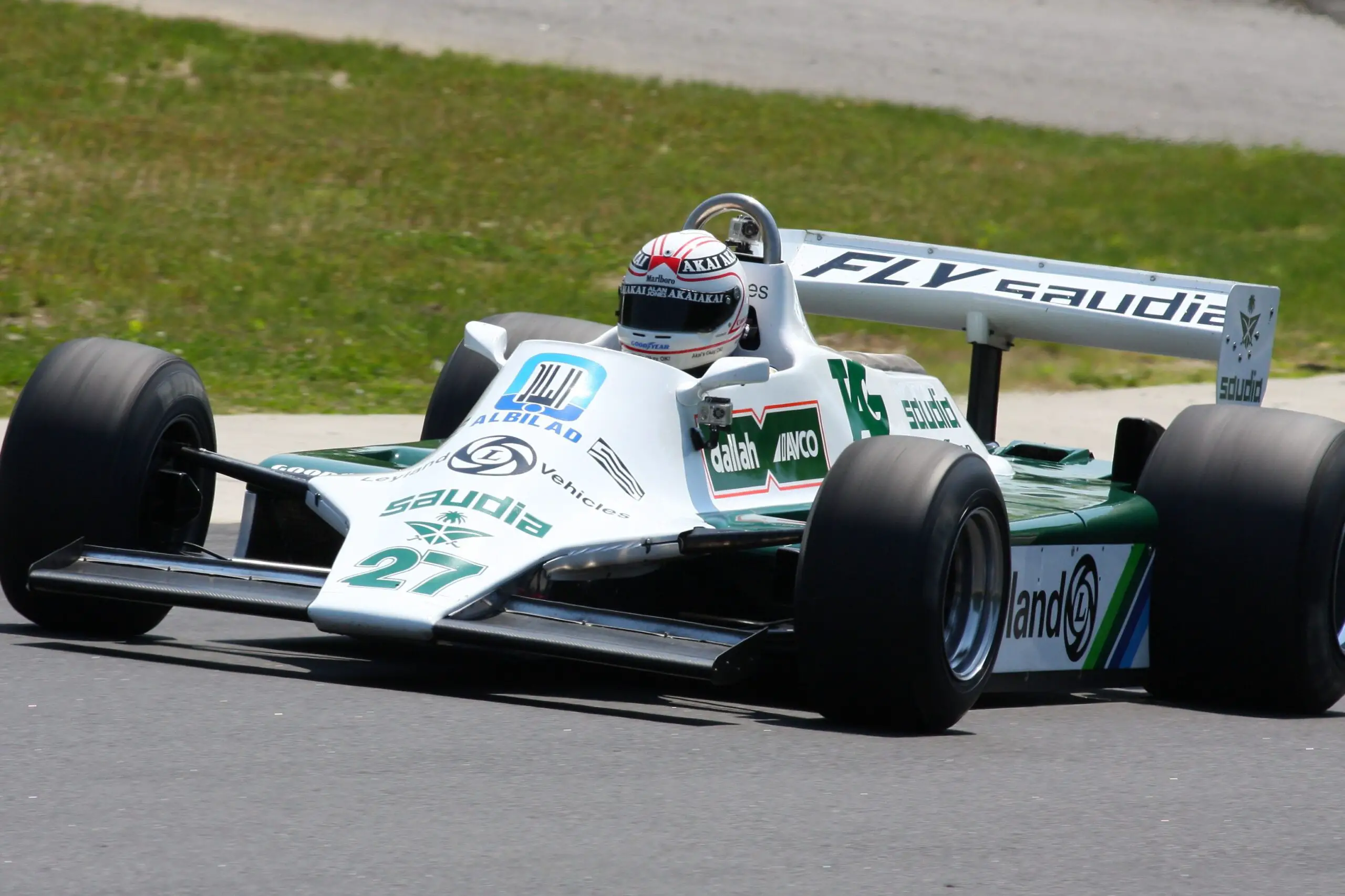F1 Williams Racing is one of the most successful teams in the history of Formula One racing. Founded by Frank Williams in the 1960s, the team has won multiple championships and produced some of the sport’s most iconic drivers. In this article, we’ll take a closer look at the history of F1 Williams Racing and its many accomplishments.
This article discusses the team’s storied history and determines where it is going.
The Early Days Of Frank Williams As A Team Owner
Compared to Ferrari and McLaren, Williams is a relatively new F1 team. The team only started competing as a full-time F1 team in 1978.
The Legendary Frank Williams and engineer Patrick Head started the team in 1977.
In the first year, F1 Williams Racing struggled to compete with the established teams, but they soon developed into a competitive force in the sport.
F1 Williams Racing’s First Points And podiums
The first points score for F1 Williams Racing came at the South African Grand Prix, at the Kyalami race track north of Johannesburg. Williams driver, Alan Jones, finished in fourth and earned the team 2 points.
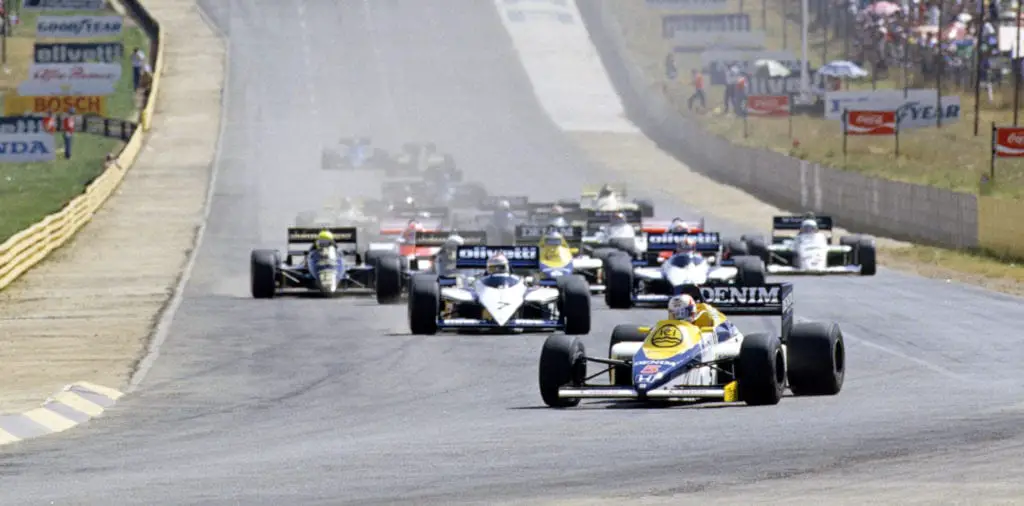
The team’s first podium finish came at the United States Grand Prix. Alan Jones achieved 2nd place behind the Ferrari of Carlos Reutemann.
By the end of the 1978 season, the team had racked up a respectable 11 points, placing them in 9th position on the constructor’s log.
Their first race win came at the 1979 British Grand Prix,
With the legendary Frank Williams leading the team, it claimed its first constructors’ and drivers’ titles in the 3rd season after it started. This is a remarkable feat and one that set the standard for the Williams F1 team going forward.
In 1979 Patrick Head introduced a new car designated the FW07. The new car incorporated advanced aerodynamic features, including a skirt. Clay Regazzoni joined as the second driver alongside Alan Jones.
Clay Regazzoni won the British Grand Prix to give Williams their first Formula One victory.
At the 1979 Monaco grand prix Regazzoni managed a 2nd place podium behind the race winner, Jody Scheckter, driving for Ferrari (Jody went on to win the 1979 Drivers championship.)
The German grand prix was won in style, with the team coming in at 1st and 2nd spots in Germany. Alan Jones came in 1st, and Clay Regazzoni 2nd place.
The team won the next two events (the Austrian and Dutch grand prix.)
The improvement in the final constructors’ championship point was remarkable, with the team in 2nd place.
The Team’s First Championship Win With Alan Jones In 1980
Alan Jones became the first Williams driver to win the Drivers’ Championship in 1980.

After years of hard work and dedication, Williams Racing finally achieved their first championship win in 1980 with Alan.
The team had been steadily improving over the years, but it was Jones’ skill and determination that pushed them over the edge. Jones won five races that season, including the final race in Canada, securing the championship for himself and the team. It was a momentous occasion for Williams Racing, and the first of many championship wins to come.
Simultaneously the team won their first constructor championship.
The 1981 season was another constructors win for the 1980s F1 Williams. Frank Williams sustained serious injuries in a road-car accident. But soldiered on and continued to lead the team.
In 1982 Alan Jones retired and was replaced by Keke Rosberg. (Nico Rosberg’s – 2016 world champion – dad.) Kiki one the world drivers’ championship.
F1 Williams Racing / Honda engine
After agreeing to use the new turbocharged Honda engine in 1983, the team switched over for the 1984 season (They used the Honda engine in the last race of 1883 at Kyalami in South Africa.)
The team won the constructors championship in 1986 and 1987.
Honda Cancels The Engine Contract With Williams
Honda moved their allegiance to the McLaren F1 Racing team for the 1988 season, leaving Williams without a turbocharged power plant.
This forced Williams to use the naturally aspirated (non-turbocharged) Judd engine, which meant a significant power deficit to their turbocharged rivals.
As a result, the team did not win any races in 1988.
The Dominance Of The Williams-Renault Partnership In The 1990s.
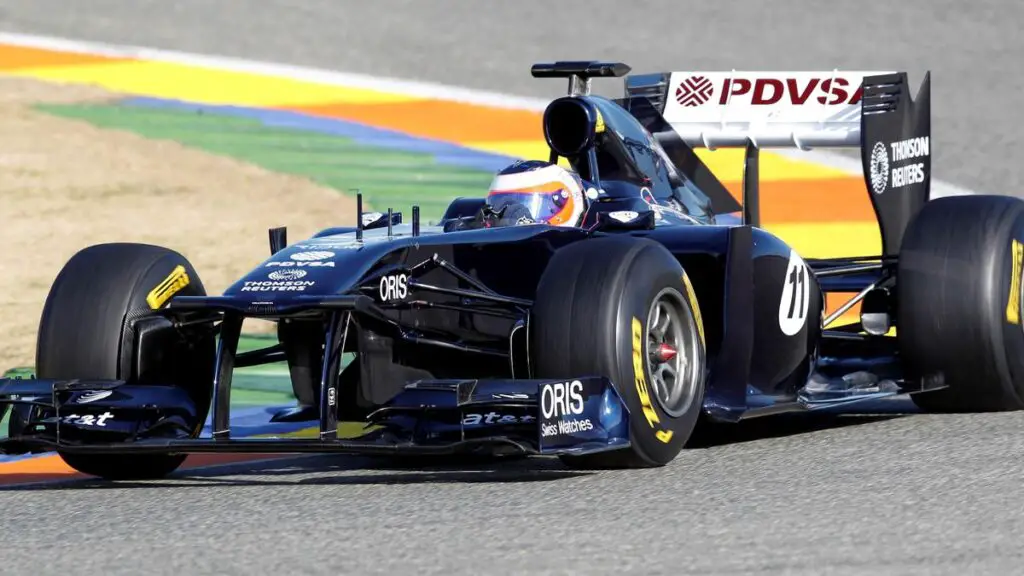
In 1989 the team switched over the Renault turbocharged engines after some embarrassing reliability issues at the beginning of the season.
The new expertise brought on board by the legendary engineer (Currently AT Red Bull and has greatly influenced that car’s success) and the powerful Renault engine began to change the team’s fortunes.
With drivers like Nigel Mansell, Alain Prost, and Damon Hill behind the wheel, the team won four consecutive Constructors’ Championships from 1992 to 1995.
The Williams-Renault cars were known for their speed and reliability, and the team’s dominance during this period cemented their place in F1 history.
Despite facing stiff competition from other teams, Williams Racing continued to be a force to be reckoned with throughout the 1990s and beyond.
The 1990s – Another great decade
The team won the 1992, 1993, 1994, 1996, and 1997 constructor championships.
This winning streak stopped in the 1998 season when Renault decided to stop their full-time involvement in F1.
The Tragic Accidents Of Ayrton Senna And Damon Hill’s Championship Win In 1996
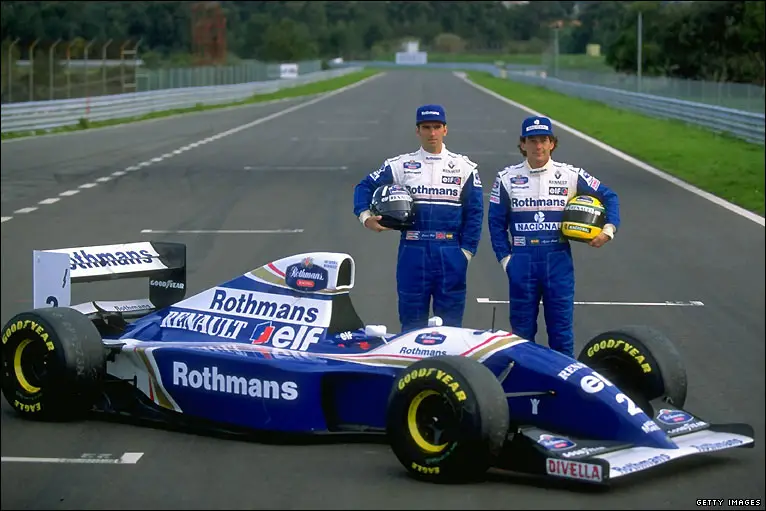
The 1994 San Marino Grand Prix was a tragic moment in F1 history, as Williams Racing driver Ayrton Senna was killed in a crash during the race.
The team was devastated by the loss of their star driver, but they continued to compete and honor his memory. In 1996, Damon Hill won the Drivers’ Championship for Williams Racing, becoming the first son of a world champion to win the title himself.
It was a bittersweet moment for the team, as they celebrated their success while still mourning the loss of Senna. Despite the challenges they faced, Williams Racing continued to push forward and remain a top contender in the world of F1.
1998 – Mecachrome Engines
1998 saw the team lose their winning streak when Newy moved over to McLaren. They also adopted the Mecachrome engines, essentially rebadged Renault powerplants from the previous season.
They ended the 1988 season in 3rd place in the championship with 38 points.
1999 – Supertec Engines
1999 saw yet another engine as the team switched to Supertec. This powerplant was basically a rebadged Renault/ Mecachrome engine.
The team managed two 3rd place and one 2nd place podium in 1999.
They only managed 5th place in the championship.
The WIlliams / BMW Engine Partnership
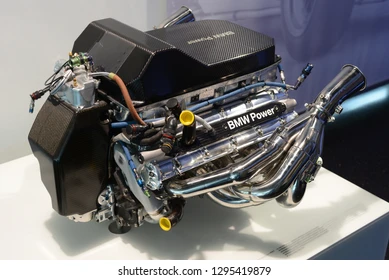
The team debuted the BMW engine in the 2000 season. Williams finished 3rd in the rankings with 36 points.
At the end of this period, Claire Williams took over full responsibility as team principal.
It was a very difficult time for Williams, which had gone through very tough financial circumstances in the first half of the 2000 – 2010 decade.
After the agreement with BMW ended, the second decade also posed existential problems.
At that time, the financial relationships with the F1 governing body disproportionately rewarded the biggest teams. Williams had a $ 10 million annual heritage bonus paid each year, despite this, not having a financially strong owner resulted in the team being unable to stay up-to-date with the bigger teams.
Cosworth Engines
At the end of the 6 years with BMW, Williams switched to the Ford Cosworth engine. This was the first run in the 2006 season.
After a promising start, the team only managed an 8th-place finish in the 2006 constructors championship.
Toyota Engines
For the 2007 and 2008 seasons, Williams used the Toyota engine.
While the team managed 4th place in the 2007 constructors championship, it only managed a disappointing 8th place in 2008.
At the end of the 2009 Formula One season, the team announced they were switching back to Ford Cosworth.
F1 Williams Racing – Cosworth Engines (2nd time)
The team switched to an updated Cosworth CA V8 engine version for the 2010 season.
Results remained disappointing when the team finished 9th position in the constructor’s championship.
F1 Williams Racing – Renault Engines (2nd time)
The back-and-forth jockeying between engine manufacturers continued in the 2012 season when the team switched back to Renault.
The team only achieved 8th place in the constructor’s championship in 2012.
In 2013 Williams came last in the championship.
F1 Williams Racing – Mercedes Power Units
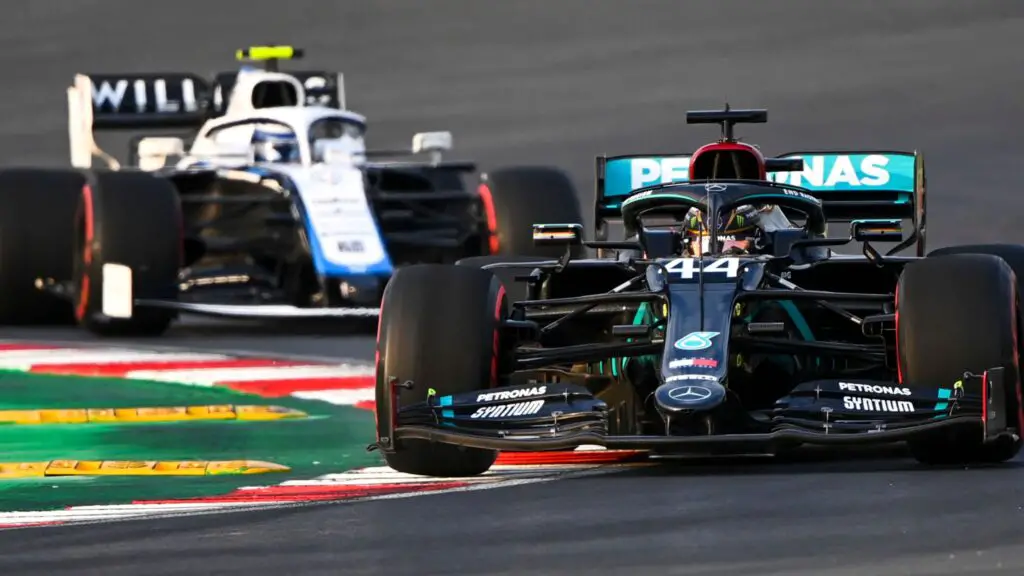
In the 2014 season, Williams entered into a long-term and very stable relationship with engine supplier Mercedes. This has continued in the current period.
The teams ranking in the world constructors championship in the intervening period are listed below.
| Year | Constructors Championship |
| 2014 | 3rd place |
| 2015 | 3rd place |
| 2016 | 5th place |
| 2017 | 5th place |
| 2018 | 10th place |
| 2019 | 10th place |
| 2020 | 10th place |
| 2021 | 8th place |
| 2022 | 10th place |
| 2023 | 10th place |
Meet the Drivers of F1 Williams Racing: A Closer Look at the Team’s Talent
Over the years, Williams has enjoyed a procession of notable F1 racing drivers who have passed through their doors. These include the following.
| A | Year(s) | N | Year(s) | |
| Alexander Albon | 2022 | Kazuko Nakajima | 2007 – 2009 | |
| B | Patrick Nève | 1977 | ||
| Rubens Barrichello | 2010 – 2011 | P | ||
| Valtteri Bottas | 2013 – 2016 | Riccardo Patrese | 1988 – 1992 | |
| Thierry Bautzen | 1990 | Nelson Piquet | 1987 | |
| Jenson Button | 2000 | Antônio Pizzonia | 2004 | |
| C | Alain Prost | 1993 | ||
| David Coulthard | 1994 – 1995 | R | ||
| Piers Courage | Clay Regazzoni | 1979 | ||
| F | Carlos Reutemann | 1978 – 1981 | ||
| Heinz-Harald Frentzen | 1998 | Keke Rosberg | 1982 – 1985 | |
| Nick Heidfeld in 2005 | 2005 | Nico Rosberg | 2006 – 2009 | |
| Nico Hülkenberg | 2010 | George Russell | 2021 | |
| J | S | |||
| Alan Jones | 1978 – 1981 | Ian Scheckter | ||
| K | Ralf Schumacher | 1999 – 2003 | ||
| Robert Kubica | 2018 – 2019 | Ayrton Senna | 1994 | |
| L | Bruno Senna | 2012 | ||
| Jacques Laffite | 1983 | Sergey Sirotkin | 2018 | |
| Nicholas Latif | 2021 – 2022 | Lance Stroll | 2017 – 2018 | |
| M | Logan Sargeant | 2023 | ||
| Pastor Maldonado | 2011 – 2012 | V | ||
| Nigel Mansell | 1985 – 1988 (+1991 – 1992) | Jacques Villeneuve | 1996 -1998 | |
| Felipe Massa | 2014 – 2017 | W | ||
| Graham McRae | Mark Webber | 2005 – 2006 | ||
| François Migault | Alexander Wurz | 2007 | ||
| Juan Pablo Montoya | 2002 – 2004 | Z | ||
| Alex Zamari in 1999 | 1999 |
Williams Racing Drivers 2021
The Williams F1 drivers in 2021 were
- George Russel (now with Mercedes)
- Nicholas Latifi(Is no longer driving in F1)
Williams Racing Drivers 2022
The Williams F1 drivers in 2022 were
- Alexander Albon (Still with the team)
- Nicholas Latifi (Is no longer driving in F1)
Williams Racing Drivers 2023
The Williams F1 drivers in 2022 are
- Alexander Albon (Still with the team)
- Logan Sargeant (New American Driver)
Who Is The F1 Williams Racing Team Principal?
James Vowles (ex-Mercedes) has moved to the Williams team as its principal for the 2023 season.
This is an interesting signal the Williams has sent out because it indicates that they intend to claw their way back to the front of the grid.
Who Owns Williams Racing
Dorilton Capital purchased the team in 2020 and has since invested considerable money into the entity.
Williams issued shares valued at £36m on December 22nd, 2022.
CEO Of Williams Racing
James Vowles (ex-Mercedes) has moved to the Williams team as its CEO for the 2023 season.
Williams Racing Headquarters
The Williams Racing headquarters can be found at the following address.
Address: Grove, Wantage OX12 0DQ, United Kingdom
Frank Williams Racing
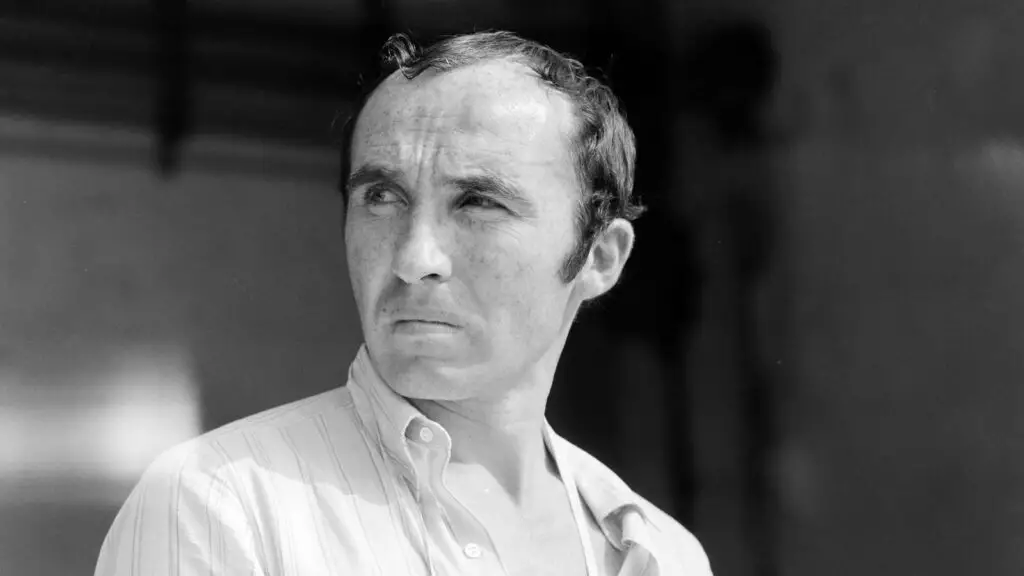
Frank Williams was born in South Shields, County Durham, on April 16th, 1942, United Kingdom.
The story goes that In the latter part of the 1950s, one of Frank’s friends gave him a lift in his Jaguar XK150. This ignited his passion for fast cars.
Frank Williams began his career in motorsports as a driver, but after a serious accident in 1966, he turned his attention to team ownership.
Williams founded his own team, Frank Williams Racing Cars, in 1969. He earned the cash for this venture by working as a traveling grocery salesman.
He entered his first Formula One race the following year. Despite facing financial difficulties in the early years, Williams persevered and eventually built a team that would become one of the most successful in the sport’s history.
In 1976 Frank left Frank Williams Racing Cars (which, by that time, was owned by an oil conglomerate) and formed Williams Grand Prix Engineering to compete in F1.
The rest of the story is discussed in more detail in this article.
On November 26th, 2021, Williams was admitted to a hospital in Surrey. He died two days later.
“Frank was one of the kindest people I had the pleasure of meeting in F1. What he achieved is something truly special. Until his last days, I know he remained a racer and fighter. His legacy will live on forever.”
— Lewis Hamilton
Frank Williams received the following national honors.
Williams Racing F1 Titles
The team has won 9 constructors championships in the following years.
The Constructor titles that the team won were in – 1980, 1981, 1986, 1987, 1992, 1993, 1994, 1996, 1997
Williams F1 drivers who won the rovers championships are listed below.
- Alan Jones (1980)
- Keke Rosberg (1982)
- Nelson Piquet (1987)
- Nigel Mansell (1992)
- Alain Prost (1993)
- Damon Hill (1996)
- Jacques Villeneuve (1997)
Is Williams Racing Part Of Mercedes
No, Williams is a completely separate entity from Mercedes. However, the ties run deep due to Toto Wolff (Mercedes Team Principal) holding a small stake in Williams. He has sold this off to the new owners.
Mercedes has also been the engine supplier of the team since 2014.
The Team’s Struggles In Recent Years And Hopes For The future
While Williams Racing has a rich history of championship wins, the team has faced struggles in recent years. In 2018, they finished last in the Constructors’ Championship, and in 2019 they finished second to last.
However, the team is optimistic about the future and has made changes to improve their performance. They have a new management structure and have signed promising young drivers. Williams Racing is determined to return to their winning ways and continue their legacy in the world of F1.
Conclusion
While Williams has not achieved any success for the last 8 years, the team has been an incredible incubator for new drivers.
The team’s incredible history has left a significant mark on F1. We hope that the future becomes brighter and that it returns to the front ranks of F1.

